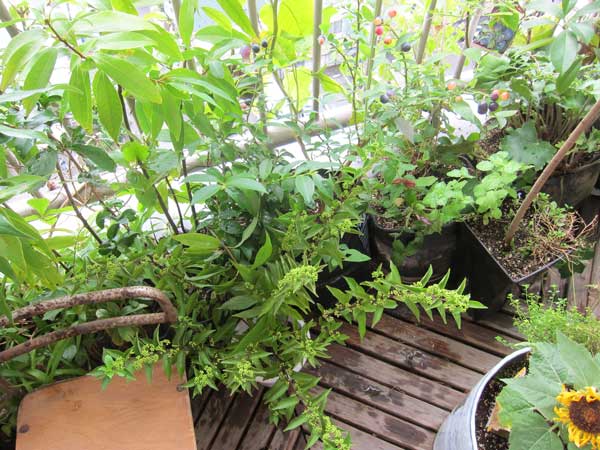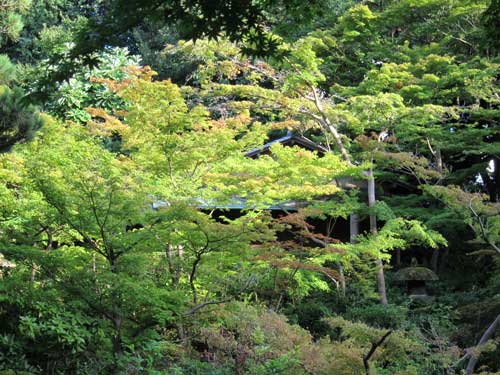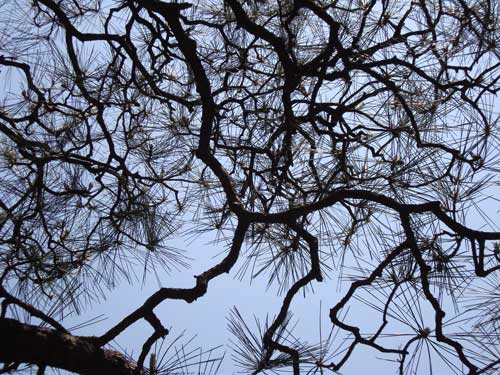
最近は季節が変わってきたと感じます。空気は乾燥してきたし、空はもっと青色ですし、ふわふわな雲が劇的に動きます。晩夏、うちの狭いベランダ庭では、野生の気分が出てきました。小さいな保育園の席やブルーベリーや陶芸の植木鉢があります。
The season is turning. The air is suddenly much drier, the sky bluer, and the clouds puffy and dramatic. These late summer photos show the wildness I was able to achieve in my narrow balcony garden this year.
Above is the view from the kitchen door. There’s a tiny nursery school chair, an already fading sunflower, a last burst of blueberries, and murasaki shikibu, a fall flower that I just bought.
Below you can see the shelf full of my amateur ceramic flowerpots, which can also be seen from the living room. One pot has basil. I like how the garden path seems longer and more over-grown than it is.





